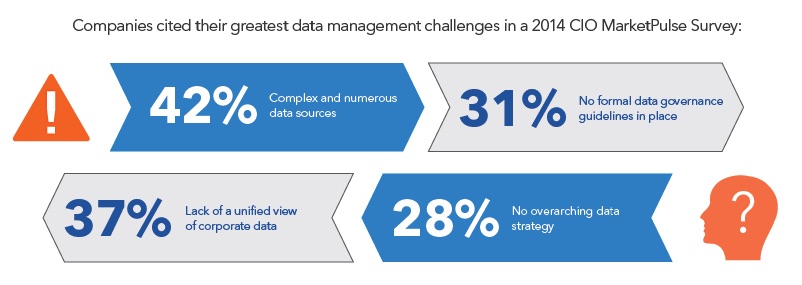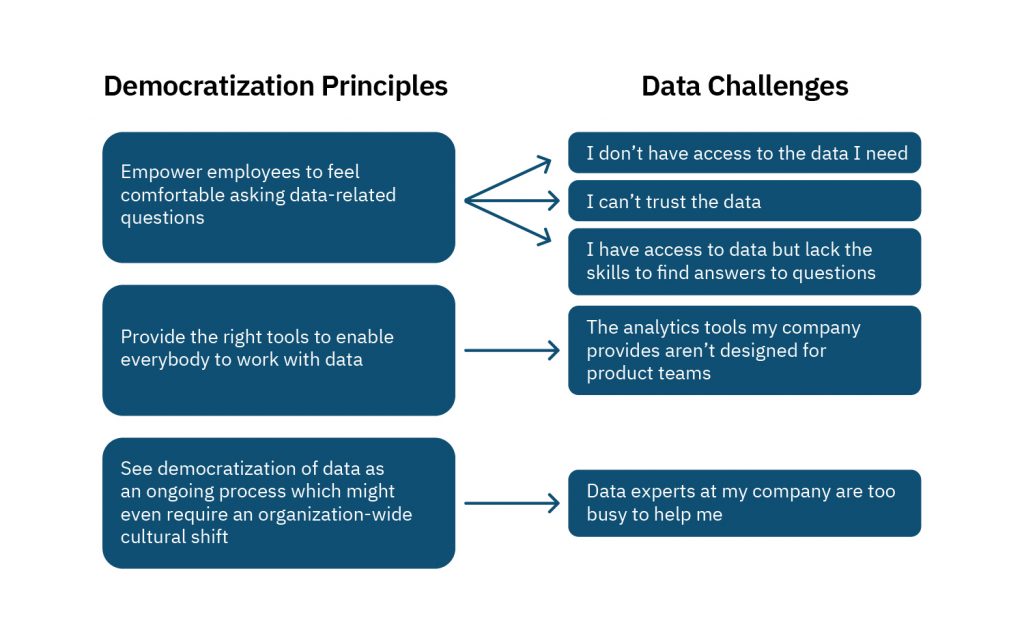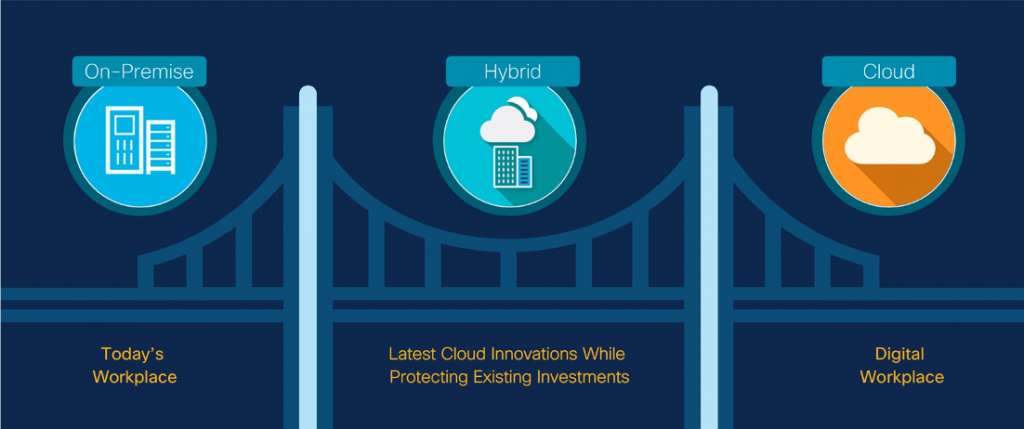
Data is considered by some to be the world’s most valuable resource. Going far beyond the limitations of physical resources, data has wide applications for education, automation, and governance. It is perhaps no surprise then, that the value of all the world’s data is projected to reach $280 billion by 2025.
As the value of digital commodities has risen, so too has the sophistication of cyber-criminal attacks. For this reason, it is now more important than ever for businesses to be scaling up their digital transformation. You must know what vulnerabilities lie in the data structure of your organization if you are to protect it adequately.
For this process to run smoothly, businesses must get to grips with the realm of data integration. Essentially: how can you transition from legacy data systems to modern ones?
Data integration modernization can be a tricky process, especially when dealing with vast amounts of datasets and formats. Feeling overwhelmed by all this information? Well, this article is for you. Today we will be talking about what data integration is, how companies can do it effectively, and what tricks you should be using to modernize the process.
What is Data Modernization?
Data modernization is a broad concept, but you can think of it this way: it is all about making data work for your company in the most efficient way possible.
How you choose to achieve this is up to you and the needs of your company. Many people associate the term ‘data modernization’ with simply moving datasets to a unified platform on the cloud. However, as we will explain later, there is more than one way of going about this.
What Are the Advantages of Data Integration Modernization?
Modern data solutions allow companies to scale without limitations and draw analytical insights from their processes. For example, you may want to implement a productivity tool to determine who your key players are and when they are most active. This data could be collected via a UCaaS platform. Later, you may choose to integrate it into a UEBA cybersecurity solution.
To retain a competitive advantage, businesses must always be looking for ways to modernize their data infrastructure and processes. This will help processes run with greater efficiency, maximizing company productivity and minimizing unnecessary expenses.
Therefore, you can think of data integration modernization as future-proofing your business for a competitive digital world.
Challenges Facing Businesses
While this might sound great on paper, implementing these solutions may seem like a mountain to climb! However, you are not alone. Here are some of the biggest hurdles facing organizations in the realm of data integration:

Large Data Volumes
Every day, your company likely produces an unfathomable amount of data. Keeping up with this torrent and storing it in the correct location for analysis can be a tricky task. For instance, you don’t want to be storing all of your data on company premises, only to find out you are one hard drive away from running out of space!
For this reason, you must have adequate storage facilities that are secure from humans and the elements. The alternative is to search for a cloud-based, third-party service that will store it for you.
Different Data Sources
As your organization expands and brings in new processes, so too will the variety of data you are collecting. For instance, staff training tools may have important analytical value for understanding the challenges facing your employees.
It is critical that your datasets remain structured and compiled in locations that are easy for staff to find and use. However, all of these data sources must be integrated with consistency– else your team members may be scratching their heads trying to make sense of it all. You may consider using an etl process to extract data from systems consistently.
Bridging the Gap Between On-Premise and Cloud
Businesses are spoilt for choice when it comes to data infrastructure. Common models include on-premise, cloud, or hybrid.
Yet this diversity can pose challenges to organizations that go for a multi-faceted or hybrid approach. If your data is not kept in the same location, your staff may have difficulty finding or accessing it.
Democratizing Your Data
Whilst data as a buzzword may have been left to IT staff in days gone by, it is increasingly being used throughout company hierarchies. For everyone to access the files they need, you must make sure that your privileges and security are consistent across all platforms for easy access.

Tips for your Digital Transformation
Define a Clear Strategy
Before anything else, you need to plan your data integration strategy. All relevant managers should discuss the plan, raise objections, and query difficulties from the get-go. Consensus must be reached so everyone is happy and aware of their role/responsibilities.
Not only will this act as a guide for you in the following months as your plan is made into reality, but it will also act as a benchmark for you to track your progress.
You will want to consider perspectives such as:
- What types of data will you be dealing with?
- Which technologies are you currently using, and which will you use post-transition?
- How can this help your employees’ processes?
- How much will it all cost?
- What would be the impact of data integration on your business?
Put into Place the Relevant Architecture
Once the strategy has been outlined and detailed, you can get to work on sorting the relevant architecture. Many businesses these days use a cloud-based solution for their data needs i.e., outsourcing their data storage to a third party.
However, other businesses might prefer to go for an on-premise or hybrid solution. Wondering about the advantages of on-premise vs. cloud data architecture solutions? You will want to take these considerations:
- Physical limitations e.g., can your office realistically produce a scalable on-premise solution?
- Security limitations e.g., would it be risky for you to store sensitive data in the cloud?

Implement a Data Management System
Now your architecture is in place, you may want to develop a company app for accessing this data in one centralized location. Within this framework, tiers of privileges may be assigned to staff members so they can only access the material that is relevant to them.
An alternative to this is to develop a modular system for accessing data for processes that are independent of one another. For instance, your cybersecurity module may be kept independent of your data platform. Regardless of your approach, you will find enterprise app modernization tools to be useful in automating processes across environments.
Integrate Analytical Tools
Arguably the main reason that you are implementing data integration is to gain insight from the analysis it can produce. Hence it is important to get this part right. In choosing which analytics tool to use, you should consider what tools will work with your entire architecture and will be easy for your staff to get to grips with.
Hire and Train the Right Staff
Effective training is at the heart of any digital transformation. It is all well and good moving to modern architecture, but if your human employees can’t make any sense of it– what really was the point?
Consequently, you must retrain staff as appropriate for the effective rollout of your new data system. You should also make this a key part of your training process for new employees.
Get Started on Data Integration
Data integration modernization can sound intimidating to beginners, but it can be learned by anyone who immerses themselves in the digital world. Whatever problems you run into are bound to have been conquered by another. As such, you should study your competition to see what has worked well (or not) and adapt your own processes accordingly.
